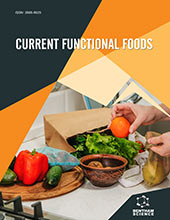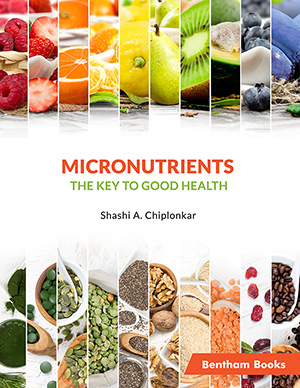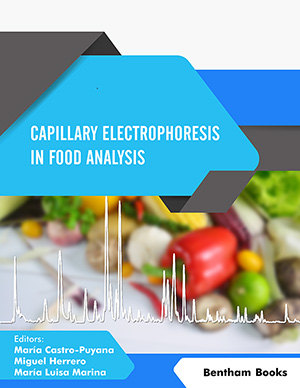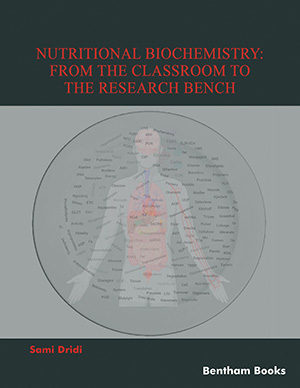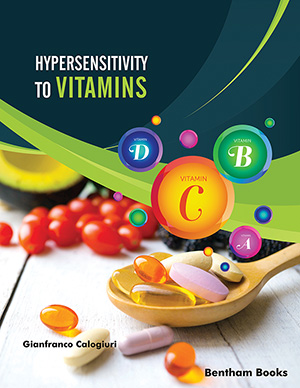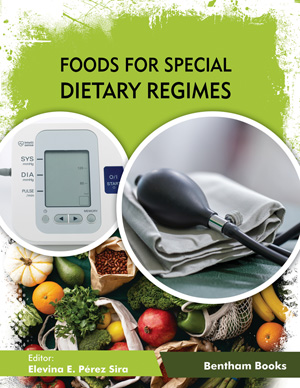
Abstract
Infants, especially newborns, are more susceptible to contaminants than adult humans because of their physiological immaturity. Synthetic or natural toxic substances, such as mycotoxins, can lead to acute intoxication episodes, as the example of aflatoxicosis. However, the long-term effects caused by exposure to low levels of these contaminants are of most concern to practitioners and public health authorities. Children's exposure to mycotoxins (and various other toxic compounds) may start immediately after conception, as many contaminants cross the placenta, and continues throughout life, entering the human body through food, water and air. Mycotoxins that offer higher risk to child health are aflatoxins B1 (AFB1), M1 (AFM1) and ochratoxin A (OTA), commonly present in foods consumed by children, such as milk and dairy products. Even breast milk can be a vehicle for the transfer of mycotoxins to babies, since the mycotoxins contained in food ingested by the mother may pass into her milk, continuing childhood exposure to these compounds, initiated in utero. This paper reviews levels reported on mycotoxins in human milk, the influence of maternal diet and the possible effects on children's health.
Keywords: Human milk, mycotoxins, contaminants, food safety, breastfeeding, maternal and child health, diet, exposure, risk
Current Nutrition & Food Science
Title:Mycotoxins Levels in Human Milk: A Menace to Infants and Children Health
Volume: 9 Issue: 1
Author(s): Karina M. Tonon, Mercedes G. R. Reiter and Vildes M. Scussel
Affiliation:
Keywords: Human milk, mycotoxins, contaminants, food safety, breastfeeding, maternal and child health, diet, exposure, risk
Abstract: Infants, especially newborns, are more susceptible to contaminants than adult humans because of their physiological immaturity. Synthetic or natural toxic substances, such as mycotoxins, can lead to acute intoxication episodes, as the example of aflatoxicosis. However, the long-term effects caused by exposure to low levels of these contaminants are of most concern to practitioners and public health authorities. Children's exposure to mycotoxins (and various other toxic compounds) may start immediately after conception, as many contaminants cross the placenta, and continues throughout life, entering the human body through food, water and air. Mycotoxins that offer higher risk to child health are aflatoxins B1 (AFB1), M1 (AFM1) and ochratoxin A (OTA), commonly present in foods consumed by children, such as milk and dairy products. Even breast milk can be a vehicle for the transfer of mycotoxins to babies, since the mycotoxins contained in food ingested by the mother may pass into her milk, continuing childhood exposure to these compounds, initiated in utero. This paper reviews levels reported on mycotoxins in human milk, the influence of maternal diet and the possible effects on children's health.
Export Options
About this article
Cite this article as:
M. Tonon Karina, G. R. Reiter Mercedes and M. Scussel Vildes, Mycotoxins Levels in Human Milk: A Menace to Infants and Children Health, Current Nutrition & Food Science 2013; 9 (1) . https://dx.doi.org/10.2174/1573401311309010007
| DOI https://dx.doi.org/10.2174/1573401311309010007 |
Print ISSN 1573-4013 |
| Publisher Name Bentham Science Publisher |
Online ISSN 2212-3881 |
Call for Papers in Thematic Issues
Bioactive Compounds, Functional Foods, Metabolism, and Health
Nutrition, metabolism, and their intervention strategies have become focal points of interest in the study of metabolic syndrome and health. Bioactive compounds, phytochemicals, and functional foods play crucial roles in modulating metabolic processes and improving human health. Moreover, the composition of the gut microbiome is also believed to be closely ...read more
Harnessing Bioactive Compounds from Food Waste: Sustainable Extraction Strategies and Health Applications
Food waste presents a significant challenge across the postharvest cycle, from agricultural production to distribution. However, within this waste lies a treasure trove of bioactive chemicals that hold immense potential for nutraceuticals, functional foods, and postharvest additives, including antimicrobials. Various extraction methods, such as solvent extraction (SE), supercritical fluid extraction ...read more
Natural Bioactive Compounds Derivatives in Nutraceutical and Food Science
In the last years, plants have been widely used for their numerous properties and now there is growing interest in the study of classes of compounds obtained from plant species or derived from them. The importance of these natural compounds lies in their important therapeutic purposes, and in their capability ...read more
The Core Linkage Between Probiotics Encapsulation by the Natural Phytochemicals as Health and nutritional-related Functional Products: Recent Applications
The exploration of probiotics encapsulation through natural phytochemicals has emerged as a pivotal area of research, particularly in the context of health and nutrition. Probiotics, defined as live microorganisms that confer health benefits to the host, have gained considerable attention for their role in enhancing gut health, boosting the immune ...read more
Related Journals
 48
48
- Author Guidelines
- Graphical Abstracts
- Fabricating and Stating False Information
- Research Misconduct
- Post Publication Discussions and Corrections
- Publishing Ethics and Rectitude
- Increase Visibility of Your Article
- Archiving Policies
- Peer Review Workflow
- Order Your Article Before Print
- Promote Your Article
- Manuscript Transfer Facility
- Editorial Policies
- Allegations from Whistleblowers
- Announcements
Related Articles
-
Synthesis of pyridyl benzimidazoles encompassing 4-thiazolidinone derivatives as potential antimicrobial agents
Letters in Drug Design & Discovery Current Treatment for Cervical Cancer: An Update
Anti-Cancer Agents in Medicinal Chemistry Levels and Correlates of Functional Cervical Cancer Literacy among Lebanese Women: A Cross-sectional Study
Current Women`s Health Reviews HMGB1-Directed Drug Discovery Targeting Cutaneous Inflammatory Dysregulation
Current Drug Metabolism Plant Extracts and their Secondary Metabolites as Modulators of Kinases
Current Topics in Medicinal Chemistry Advances in Hydrogels Applied to Degenerative Diseases
Current Pharmaceutical Design Resisting the Resistance in Cancer: Cheminformatics Studies on Short- Path Base Excision Repair Pathway Antagonists Using Supervised Learning Approaches
Combinatorial Chemistry & High Throughput Screening Synthesis and Bioactivity of (R)-Ricinoleic Acid Derivatives: A Review
Current Medicinal Chemistry Small Molecule Inhibitors Targeting Key Proteins in the DNA Damage Response for Cancer Therapy
Current Medicinal Chemistry A Review on Green Synthesis of Silver Nanoparticles and its Role against Cancer
Current Topics in Medicinal Chemistry Immunological Aspects of Metritis in Dairy Cows: A Review
Endocrine, Metabolic & Immune Disorders - Drug Targets Coexistence of Type-1 Diabetes Mellitus and Papillary Thyroid Carcinoma
Current Diabetes Reviews Chromenes - A Novel Class of Heterocyclic Compounds: Recent Advancements and Future Directions
Mini-Reviews in Medicinal Chemistry Anlotinib Inhibits Cell Proliferation, Migration and Invasion via Suppression of c-Met Pathway and Activation of ERK1/2 Pathway in H446 Cells
Anti-Cancer Agents in Medicinal Chemistry ZNF695, A Potential Prognostic Biomarker, Correlates with Im mune Infiltrates in Cervical Squamous Cell Carcinoma and Endoce rvical Adenocarcinoma: Bioinformatic Analysis and Experimental Verification
Current Gene Therapy Effects of Diet-Derived Molecules on the Tumor Microenvironment
Current Angiogenesis (Discontinued) Natural Compounds as Anticancer Agents Targeting DNA Topoisomerases
Current Genomics Ghrelin: New Insight to Mechanisms and Treatment of Postoperative Gastric Ileus
Current Pharmaceutical Design Current Status and Future Prospects of C1 Domain Ligands as Drug Candidates
Current Topics in Medicinal Chemistry Beta-Caryophyllene Suppresses Ovarian Cancer Proliferation by Inducing Cell Cycle Arrest and Apoptosis
Anti-Cancer Agents in Medicinal Chemistry








